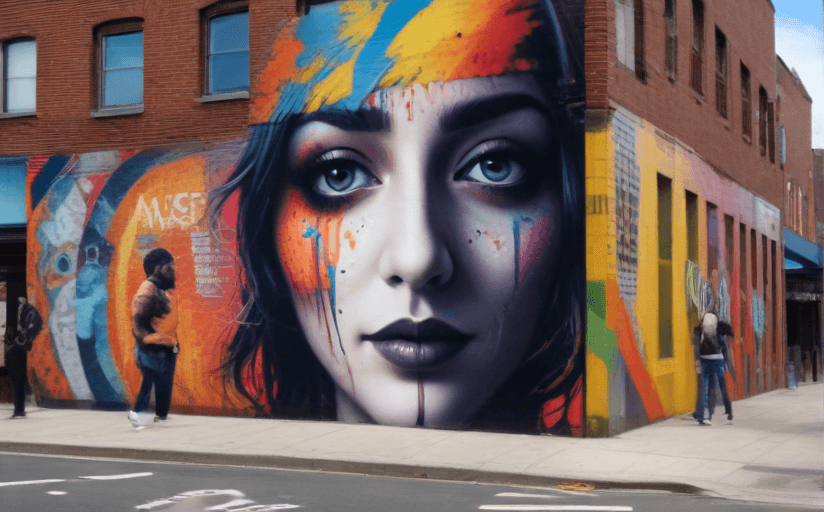Street Art: Revitalizing & Innovating Corporate Advertising
The world of advertising has always been one of the space for creativity and innovation. In recent years, one of the most prominent trends in this sector is the incorporation of street art in advertising campaigns. This grassroots art form, steeped in counterculture and rebellion, is now getting center stage on corporate billboards, canvasing a broader and more diverse audience.
Historical Context
The roots of street art date back to the 1970s and 1980s, when graffiti became popular among disenfranchised youths as a form of self-expression and social commentary. Since then, street art has evolved into an acclaimed form of contemporary art, with globally recognized artists like Banksy pushing the boundaries between art and activism.
Influence of Street Art on Contemporary Advertising
Street art’s vibrant colors and bold designs, combined with its knack for thought-provoking messages, have found favor among advertisers seeking to break through the clutter. Companies have leveraged the abilities of famous street artists to create visually arresting pieces that prompt viewers to pause, admire, and – ultimately – remember the brand.
Strategies and Exceptional Cases
Many brands have effectively tapped into street art. Coca-Cola collaborated with Brazilian street artist Speto for the 2014 World Cup, creating a unique, engaging advertisement. Similarly, Adidas teamed up with Brazilian street artist L7M in their 2016 campaign, giving their billboards a distinct, vibrant look.
Shift in Traditional Advertisement Aesthetic
Street art-inspired campaigns have encouraged a shift from polished, predictable aesthetics to edgy and unexpected visuals. It's a testament to the growing appreciation of authenticity and creativity in communication strategies.
Ethical Implications and Public Reception
While most appreciate the use of street art in advertising for its novelty and aesthetic value, critics argue that it dilutes the soul of the art form, turning it into just another tool for mass consumer persuasion. This sparks a debate about ethics, authenticity, and the selling out of an art form born out of rebellion.
Reaching a Diverse Audience
Street art’s universal appeal allows brands to convey their messages to a wide, diverse audience. Its non-elitist nature invites interaction from everyone, regardless of age, culture, or socio-economic status, making it a powerful tool in inclusive marketing.
In conclusion, as businesses continue to explore and experiment, street art's influence in corporate advertising promises more exciting and eye-catching campaigns in the future.

















Comments
Leave a Comment